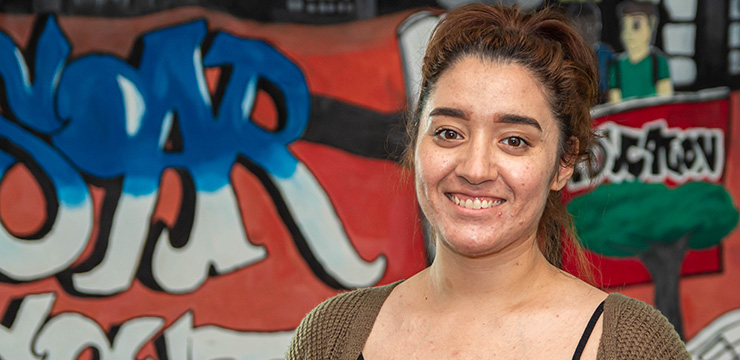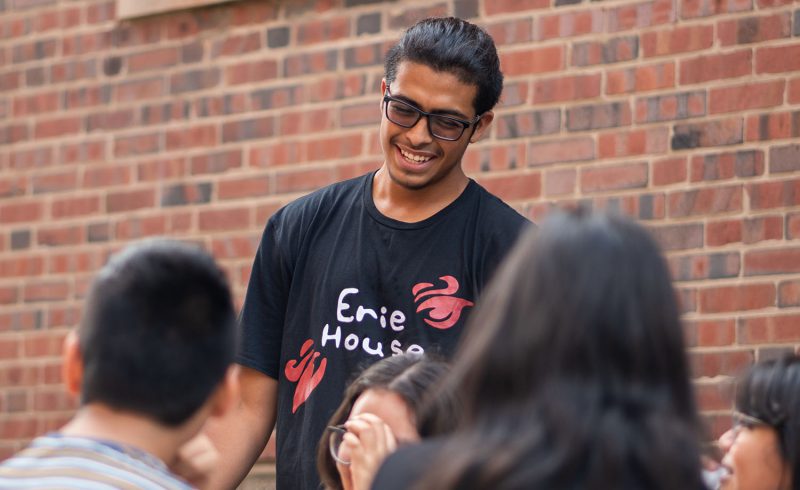When the COVID-19 statewide stay-at-home order was put in effect in March 2020, the team at Central States SER, a workforce and education organization in Little Village, had to think strategically about how to maintain their connections to the young people they mentored without their usual in-person interactions, which are an important component of their work.
“One of the biggest challenges was losing contact with a lot of our youth because they were struggling to pay their phone bills. I was so used to seeing them in person and whenever they needed something, they would just come to the office. Many of our high school students were struggling to keep up with their education because everything was remote. Many of their parents lost their jobs and family members were dying due to COVID-19. It all came down so quickly and so heavy,” said Joseline Calderon, the Reconnection Hub Manager at SER. “The McCormick funding helped us distribute emergency funds and care packages to some youth who needed it most. It gave us hope that we’ll be able to continue helping them little by little as things start improving and reopening. We built a family in our organization, so I feel like they trust us enough to keep working with us through phone calls or Zoom meetings. We try to make ourselves available however we can.”
In addition to the challenges posed by the pandemic, tensions were high between Black and Brown residents of the Little Village community area after protests and looting took place around the city following the tragic murder of George Floyd in May 2020. The relationships and bonds developed across agencies and residents from North Lawndale through Little Village ultimately helped unify the community.
“After an initially heartbreaking response that included some acts of racism, seeing the shift as the community came together to unify everyone, fix it, and move forward in a better way was so inspiring,” said Kenis Williams, who oversees WIOA (Workforce Innovation and Opportunity Act) Programs at SER. “In our community, we [community nonprofit organizations] don’t compete with each other’s strengths. ENLACE and New Life Centers are the best at community mobilization so our role in this as the workforce development organization was to gather people from our network, spread the word, and offer support in any way we could.”
It shook our community to the core. Our community partners, ENLACE and New Life Centers, came out to mediate conflict between the different gangs and explain what they were really doing. They had a meeting, had a truce, and started marching together. It was meant to unify and bring everyone together. We all joined forces to create miracles in the community.
Adrean Vargas



